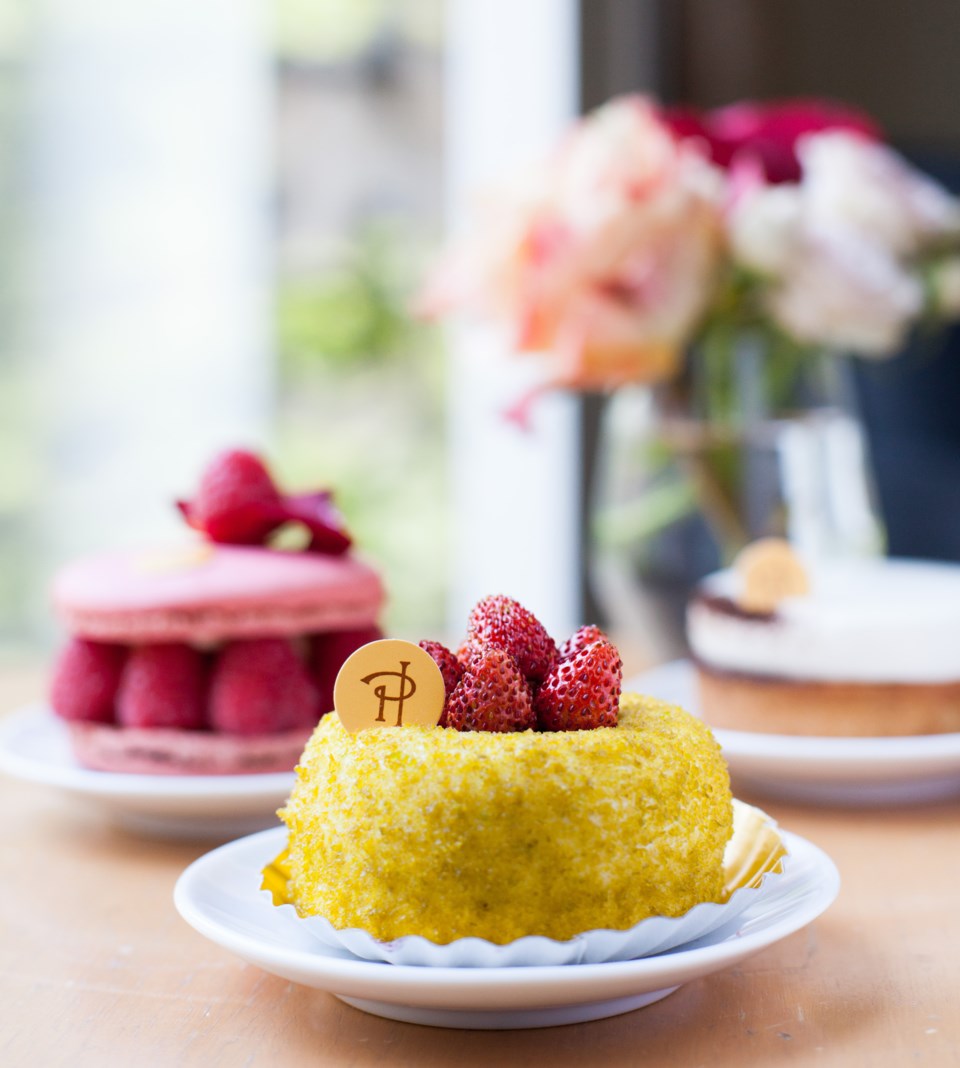Jackie Kai Ellis is standing on a sidewalk in Paris, in the pouring rain, waiting for me.
I’m late for our interview and flustered. The drops of rain lurking on the ends of my hair are a giveaway of how unexpected the wet weather is, and Ellis graciously asks if I need an umbrella. She then confides that she had just been suckered into spending 50 Euro on hers.
“This is my umbrella for the rest of my life. I’m never buying another umbrella,” she says with a rueful smile.
It’s a funny story, and a relief to hear for someone who has just spent 15 stressful minutes trying to figure out which entrance of the Bon Marché we were meant to meet at.
While Paris is a city of secrets to me, it is not a place that typically gets the better of an insider like her.
The award-winning Vancouver pastry chef, who has developed an almost cult-like foodie following for her combination of childhood favourites and modern French pastries, is a star in her home town. In Paris, however, she’s a former lover; a wide-eyed student who studied under the weight of the city’s traditions and walked away clutching them to her chest.
After graduating from École Gastronomique Bellouet Conseil in 2011, Ellis then tasted her way across Europe – an area of the world where the “taking of pastries” is an everyday event.
Converted to the church of simple pleasures, she returned to Vancouver and opened Beaucoup Bakery in 2012, looking to elevate the local experience by honouring the French one.
“Eating pastries in France is just a part of life. Every day, children eat a financier or a baguette for breakfast with some hot chocolate. After school they’ll go to a pastry shop and get a pain au chocolate. It’s like coffee shops in Vancouver,” she continues. “Everyone is going to go get a coffee. It’s not a question of whether you’re going to do it, just where you’re going to buy it.”
The 35-year-old, who just last year was recognized as the city’s top Emerging Culinary Artist at the Mayor’s Arts Awards, still returns to Paris every few months to seek new inspiration, further her training, or accompany the next wave of winners of Beaucoup’s scholarship training programs.
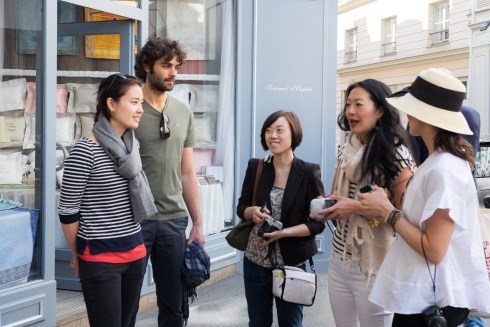
Jackie Kai Ellis (second from right) leads a group of pastry lovers around the streets of Paris. Joann Pai photo
We walk for a few minutes, and, while I am again lost, Ellis winds her way effortlessly through Saint-Germain-des-Prés to Rue du Bac, marking the beginning of our culinary adventure, The Paris Tours – a guided introduction to the world of 100-year-old pastry recipes, breaded chandeliers, and “MOFs” (to delve into that realm, check out Kings of Pastry on Netflix).
See the setting, smell the context, and then pick your pastries to be gift-wrapped for tasting at the end of the three-hour walking tour. These pastries represent the ultimate in intimidation, not only in appearance, but price point. I would have never been inclined to try (or buy) a single one on my own, yet those first bites are now among my fondest memories of Europe. Ever.
Each tour visits up to 10 seasonally-dependent locations, and here are six highlights from mine:
The financier from Hugo et Victor
This pastry shop, named in honour of esteemed French writer Victor Hugo, looks like a jewelry store; except where Tiffany goes blue, Hugo et Victor goes black. With its inlaid and theatrically lit display cases and no pictures policy, the experience feels more like shopping for engagement rings than pastries. So it was surprising that, Ellis quietly recommended skipping the “jewels” and going straight for the bar of gold: The financier. Light and moist, and made with an intoxicating combination of almond flour and brown butter, the rectangular cakes are baked to a golden crisp. I actually saved my financier for the next day and it is now the only way I’ll ever start a morning in Paris again.
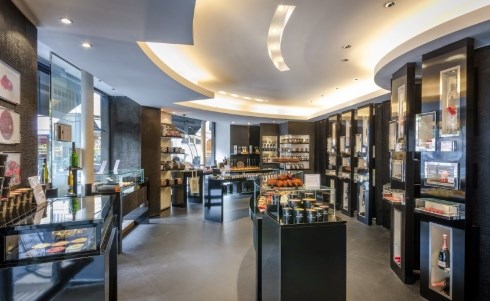
Hugo et Victor in Saint-Germain-des-Prés. Hugo et Victor photo
A slice of bread from Poilâne
Forget baguettes; this rough, dark, slightly tart boule has been sold by the slice for more than 80 years. “You still see old women come in each day just to buy two slices for themselves,” says Ellis with a smile. By far the most famous bread in the city (the bakery sells up to 15,000 loaves a day), where baguettes are made to last two to three days, Poilâne's bread can last up to a week. It was this staying power which helped the shop outlive many other bakeries in the area in times when food and finances were scarce. The owners are also well-known for wild side ventures like a furnished-by-dough project with Salvador Dali. An entire room of furniture was created out of bread, and a breaded chandelier hangs in the shop to this day as a reminder of the ambitious “dough-cor”. For a product so local, it’s shocking to learn that you can find the bread in 20 countries around the world. You might even know it as Urban Fare’s $100 loaf.
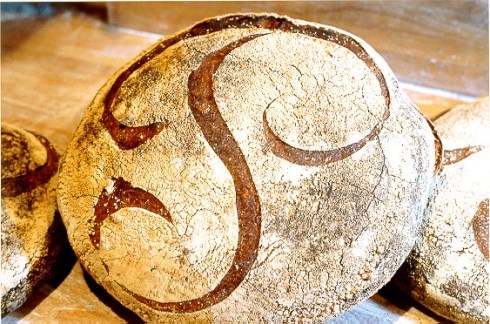
Poilâne Sourdough Loaf. Poilâne photo
The Sadaharu Aoki experience
Sadaharu Aoki is a Japanese pastry chef that revolutionized French-meets-Japanese fare using flavours like bamboo, red bean, black sesame, matcha, and yuzu. And he does it perfectly. According to Ellis, the opera cakes at Miku and Minami in Vancouver were inspired by Aoki’s creation. For our tasting, we started with the Tart Caramel Salé, which is built as a storybook spiral of chocolate mousse and caramel that unravels accordingly. (Wait out the sweetness of the caramel for the floral bitterness of the matcha.) That was followed by two more Aoki sensations before we got to the crowning experience of the tour: Cracking the powdered yellow facade of his Citron Praliné to reveal the lemon-white chocolate mousse, hazelnut, and croustilliant secrets inside. I actually got emotional eating this for the first time.
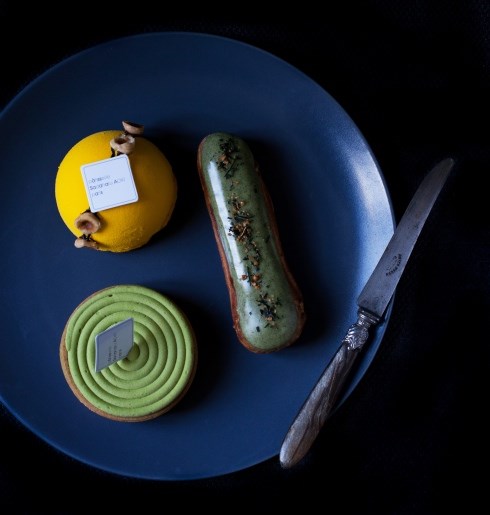
Sadaharu Aoki selection. Joann Pai photo
“The pink one” by Pierre Hermé
Formally known as an Ispahan, it will forever be known as The Pink One to me. Pierre Hermé, the Picasso of Patissiers, was the inventor of the now ubiquitous flavour combination of raspberry, rose, and lychee when it was still considered outrageous to use tropical fruits in baking. Much like the chocolate-hazelnut cliché, you’ll see this exact combination in almost every pastry shop from Paris to Vancouver. But having the opportunity to try it as it was originally envisioned – macaron shell, fresh rose-scented pastry cream with a licking of lychee – is the most exquisite of contexts.
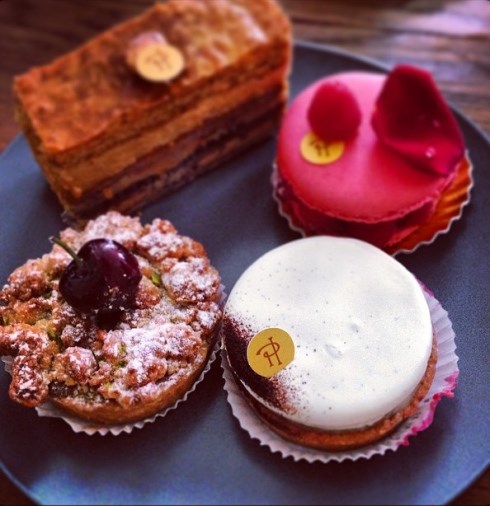
Pierre Hermé selection. Kelsey Klassen photo
Pâtisserie des rêves
This stop on our tour set the tone for every experience thereafter. Truly “the pastry shop of dreams”, mastermind Philippe Conticini pushes French boundaries in expertly creative ways. “The French are very particular. If you change one thing, it’s no longer that pastry and you have to call it something else,” explains Ellis. So Conticini plays with sizes, shapes, and deconstructions to put childlike wonder back under the cloches. You’ll want to try the Paris-Brest and madeleines.
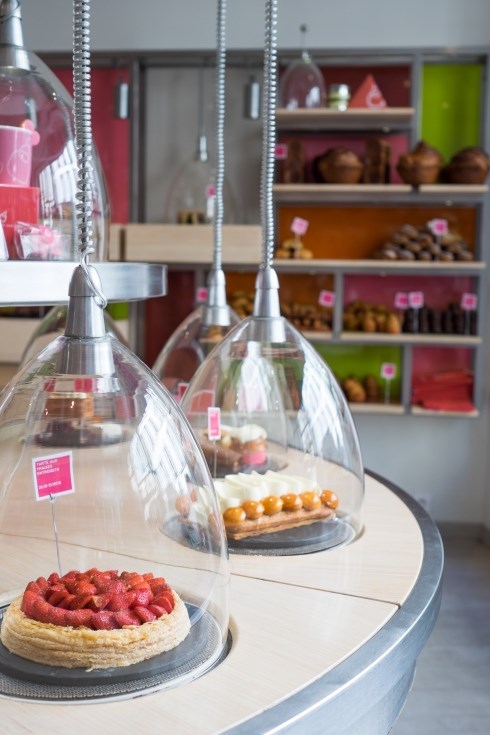
Patisserie des Reves. Joann Pai photo
Angelina’s Mont Blanc
“I want you to dip your spoon right down to the bottom and get a good cross section,” instructs Ellis as we hesitantly eye our heaping Mont Blancs. Resembling the snowcapped mountains of its native Italy, Angelina’s recipe for the ribbony Mont Blanc hasn’t changed since the day they opened in 1903. Flavourful fingers of honey tickle the contrasting textures of whipped cream, meringue, and chestnut purée. Discovering that it takes 30 days to properly candy a chestnut will make you savor the bite even more. And yes, I said bite. The hardest part of this kind of “educational eating” is realizing you can’t finish them all. But the beauty of Ellis’ one-bite rule is that you’ll have plenty of reasons to come back to Paris for more.
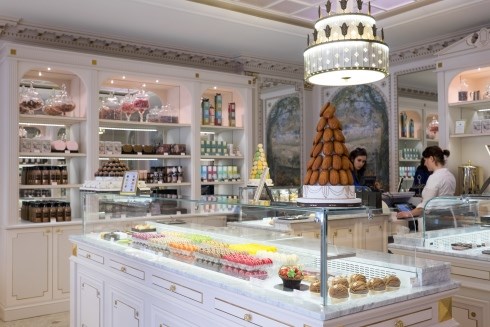
Angelina on Rue du Bac. Joann Pai photo
Jackie Kai Ellis will be in Paris again in January. Tours are $165 per person and limited to six participants. Get in touch at TheParisTours.com.
